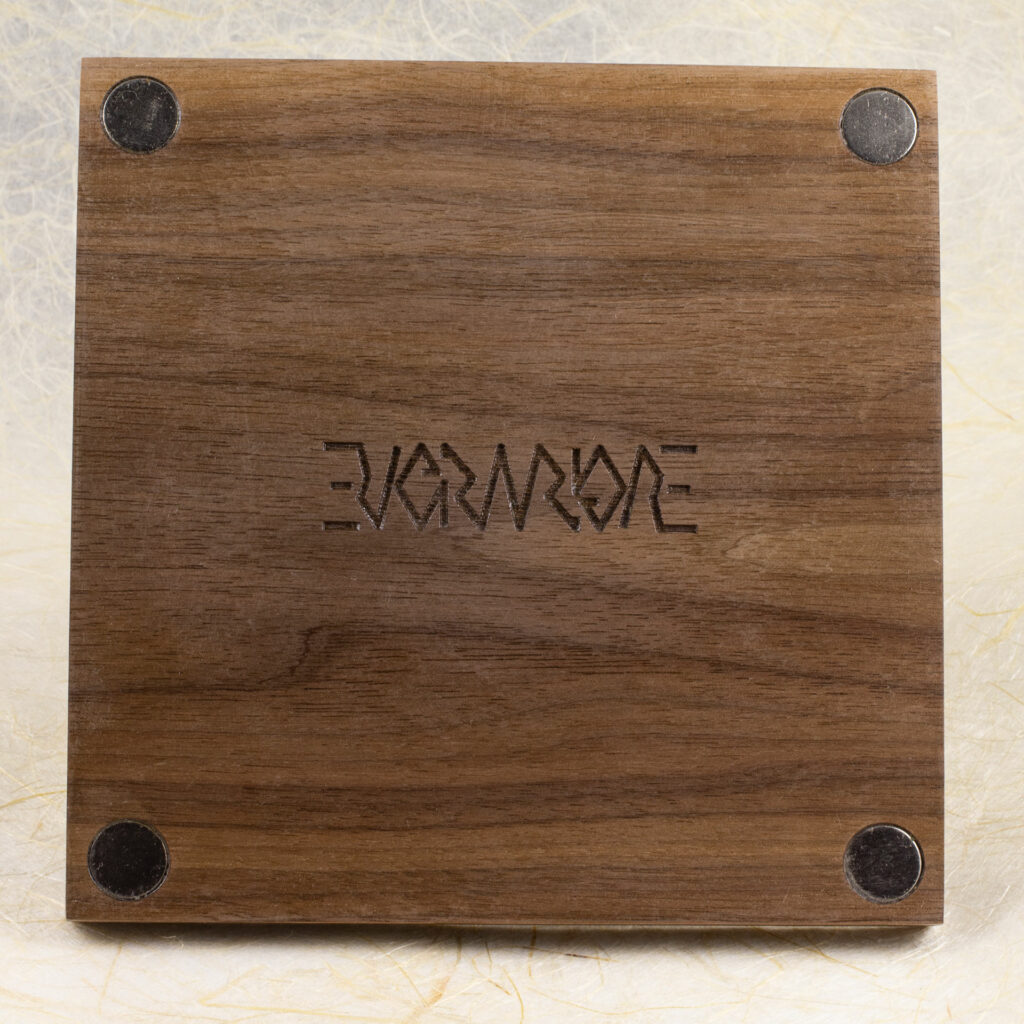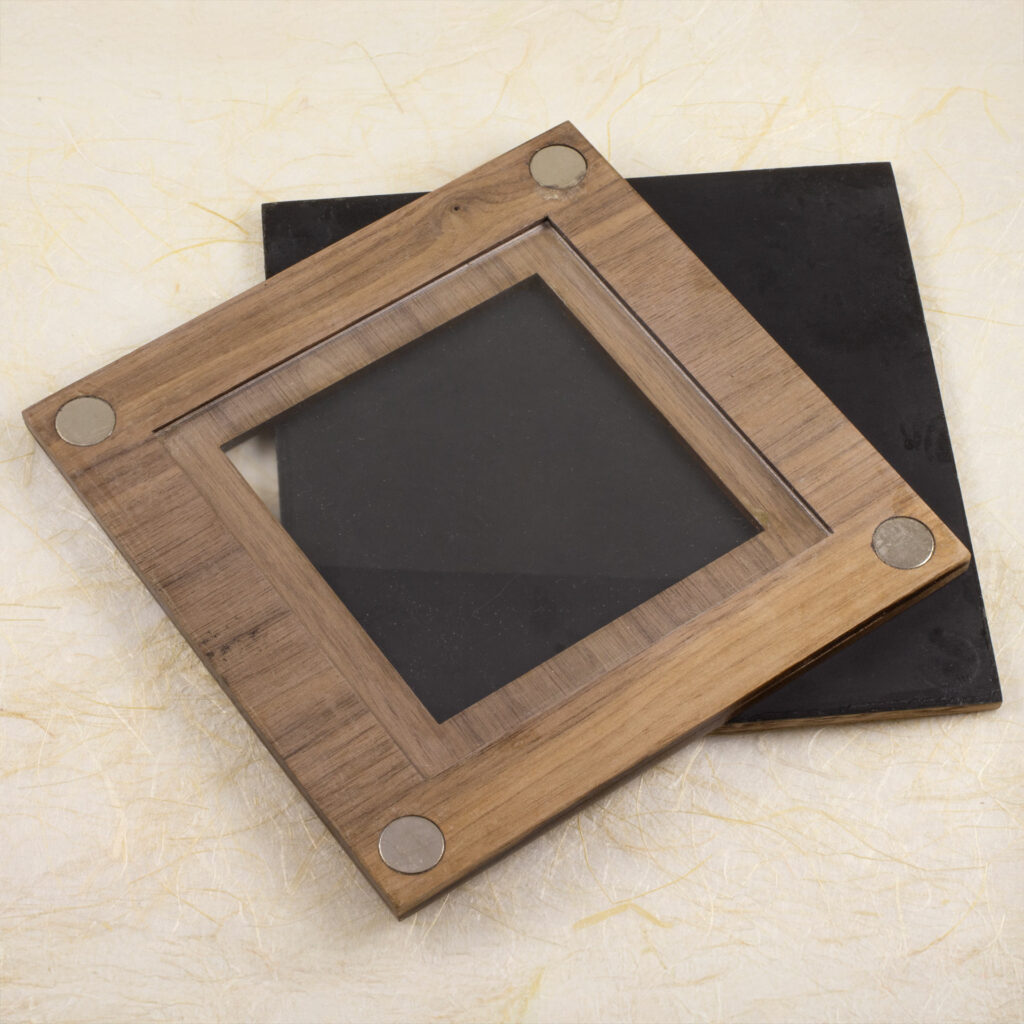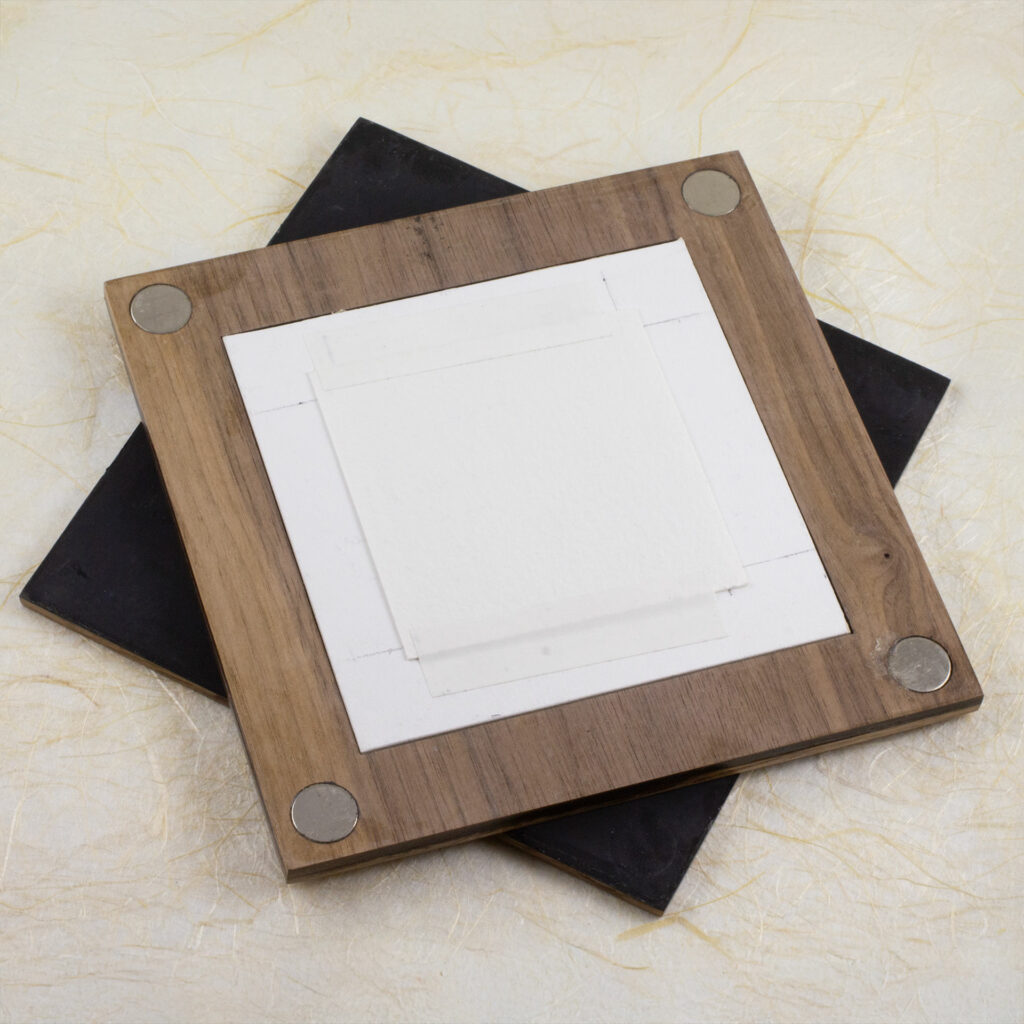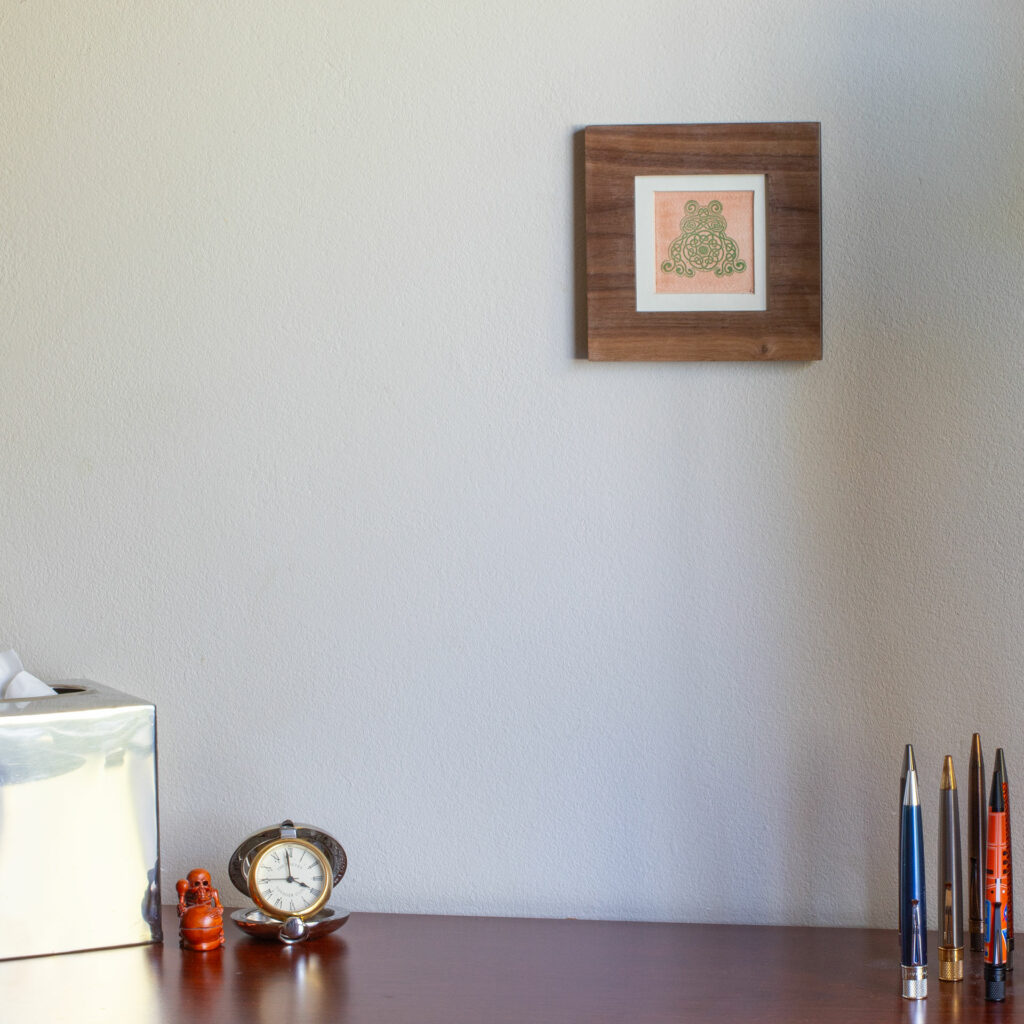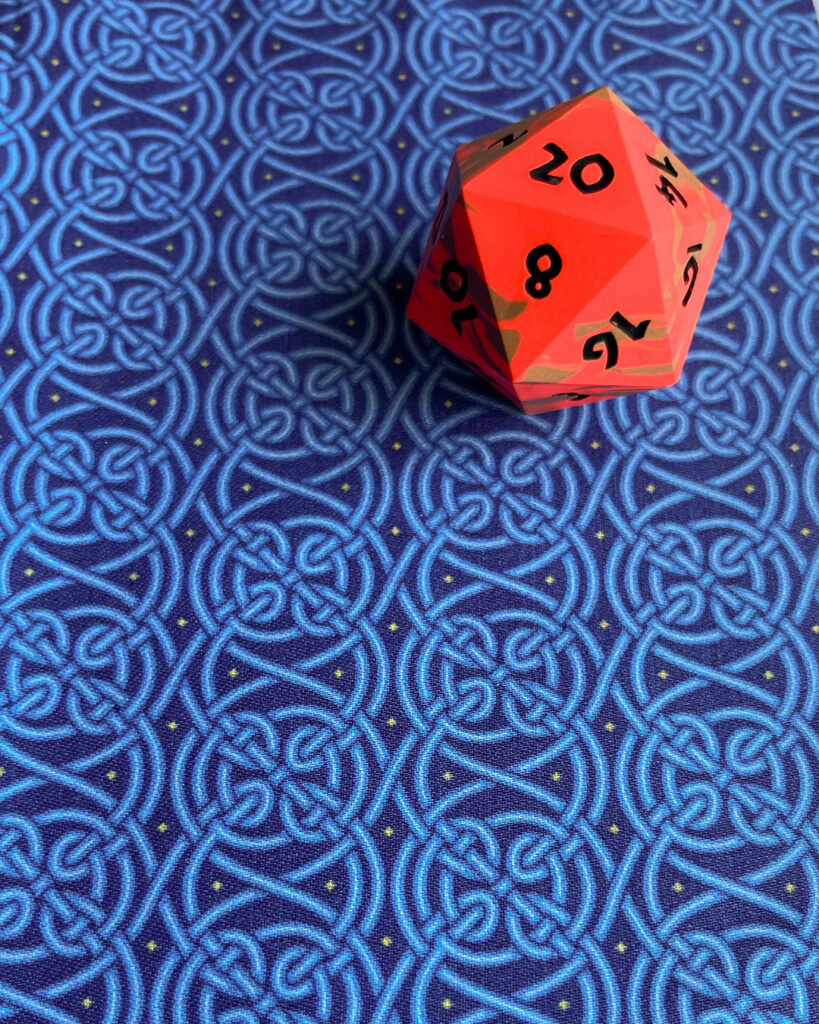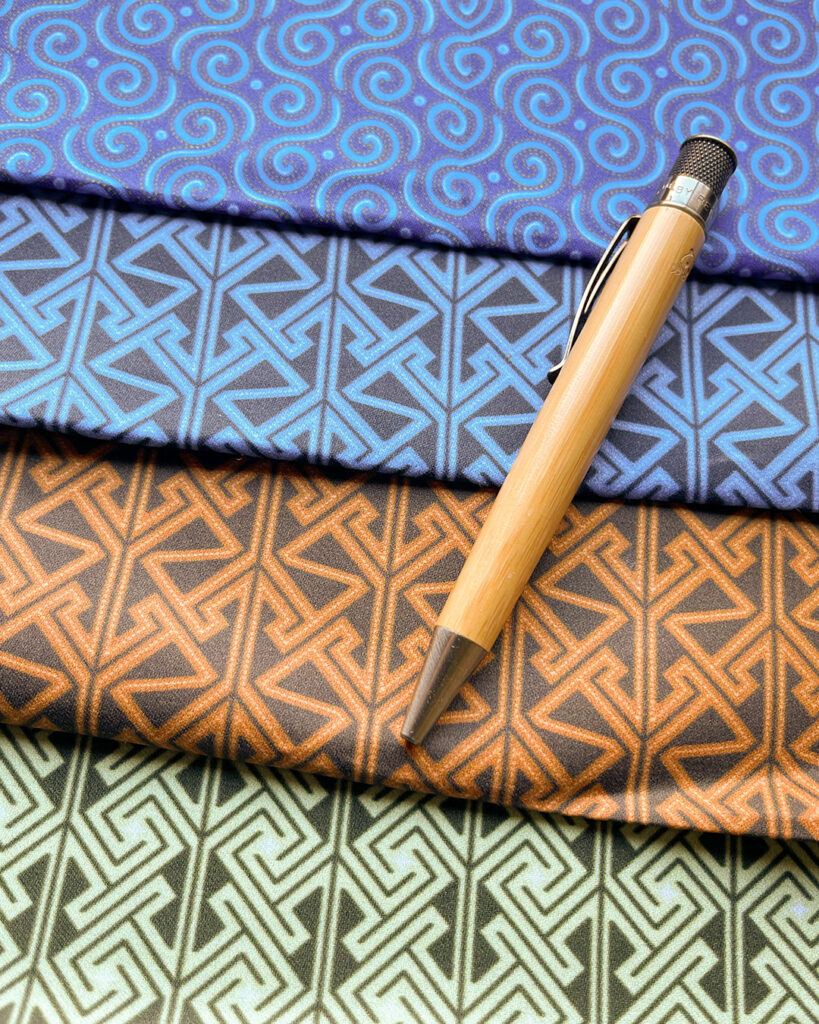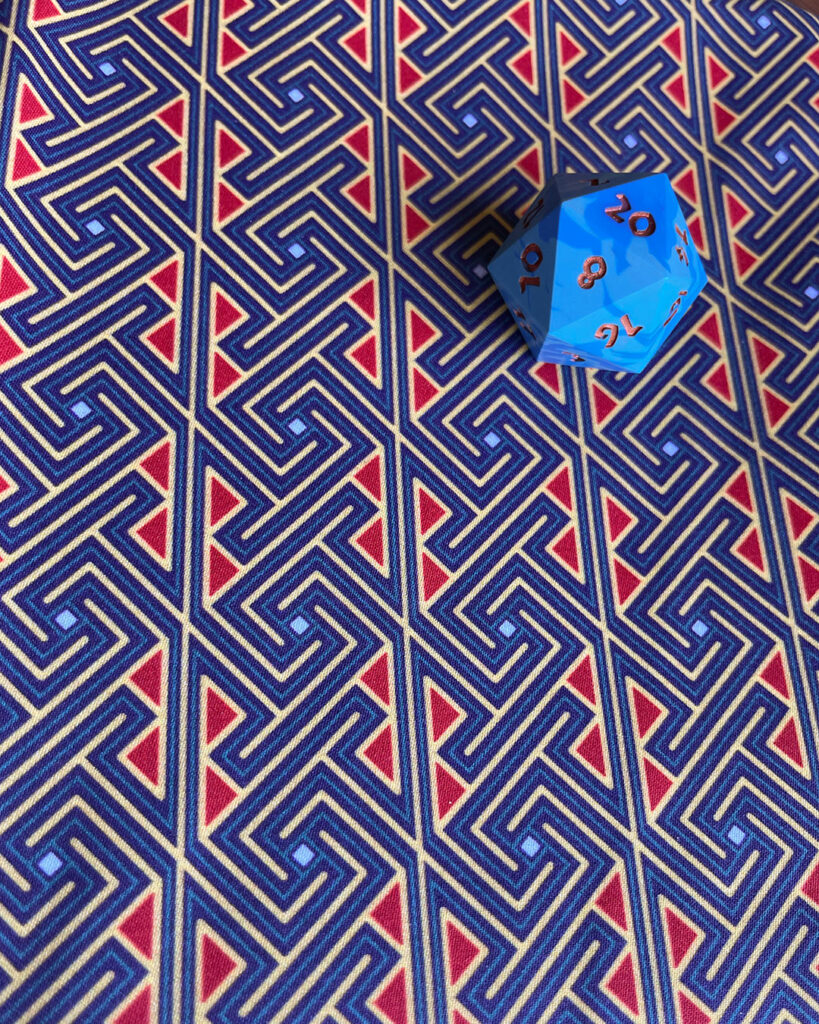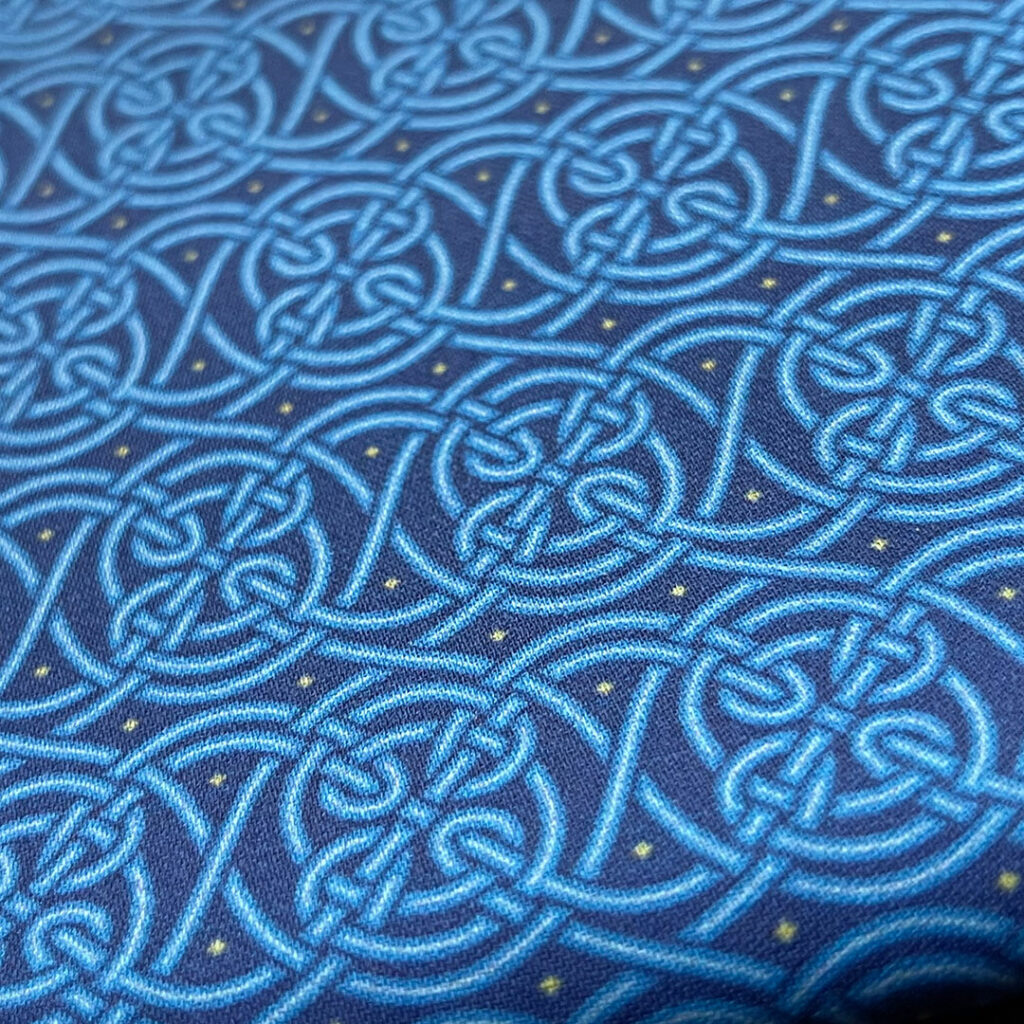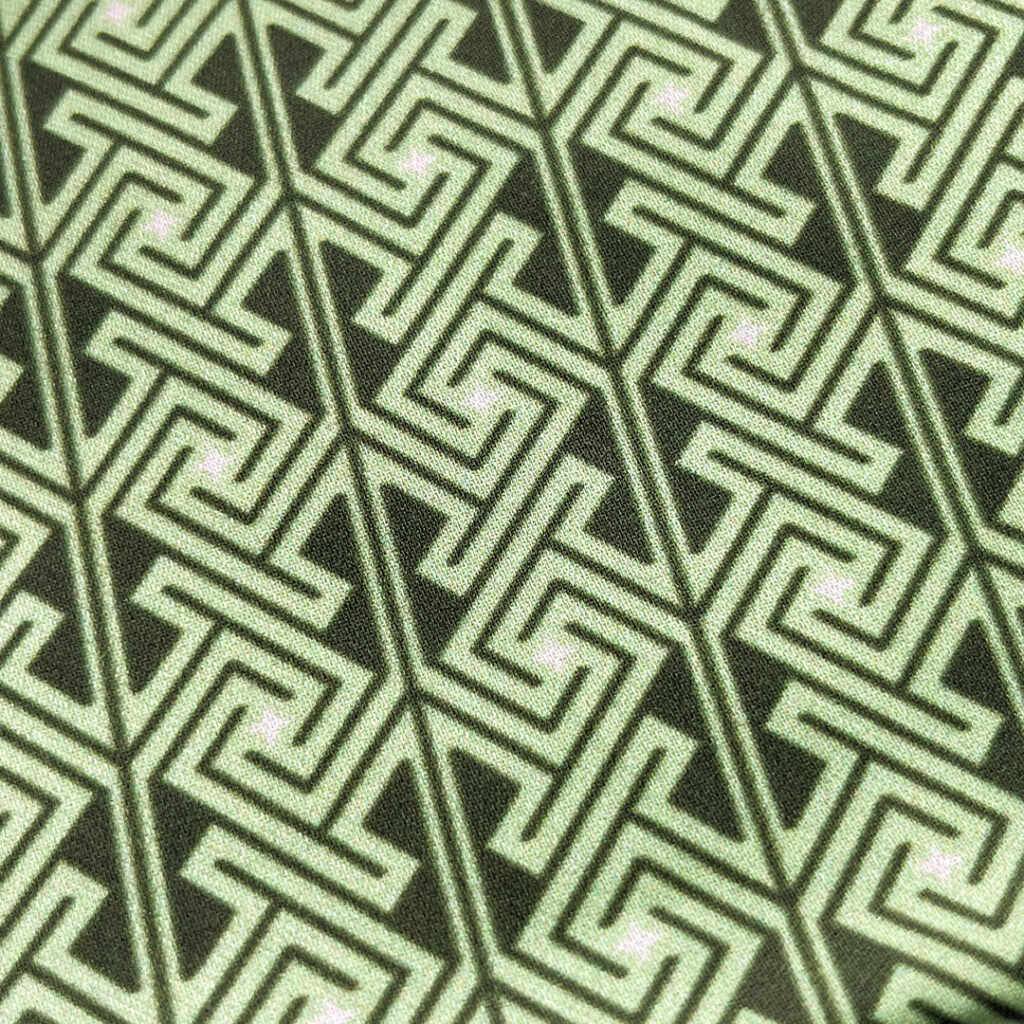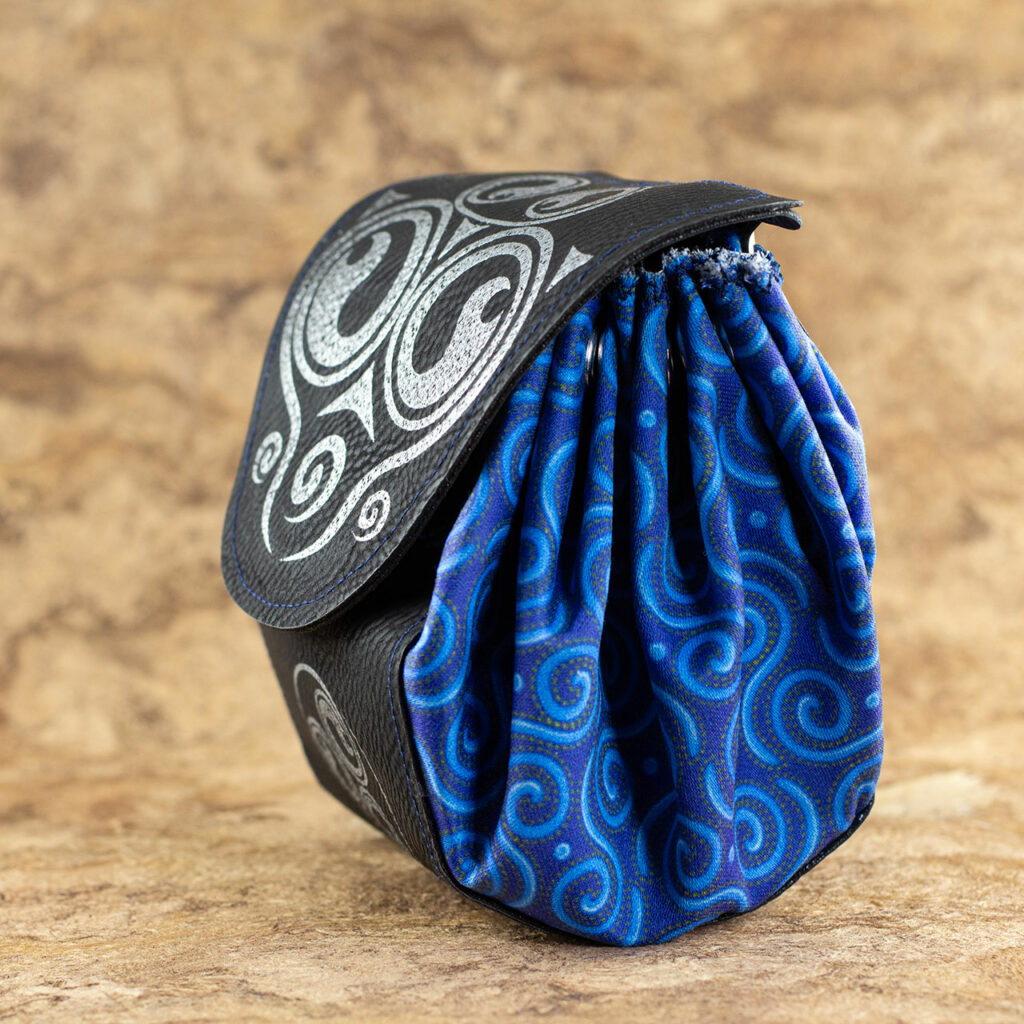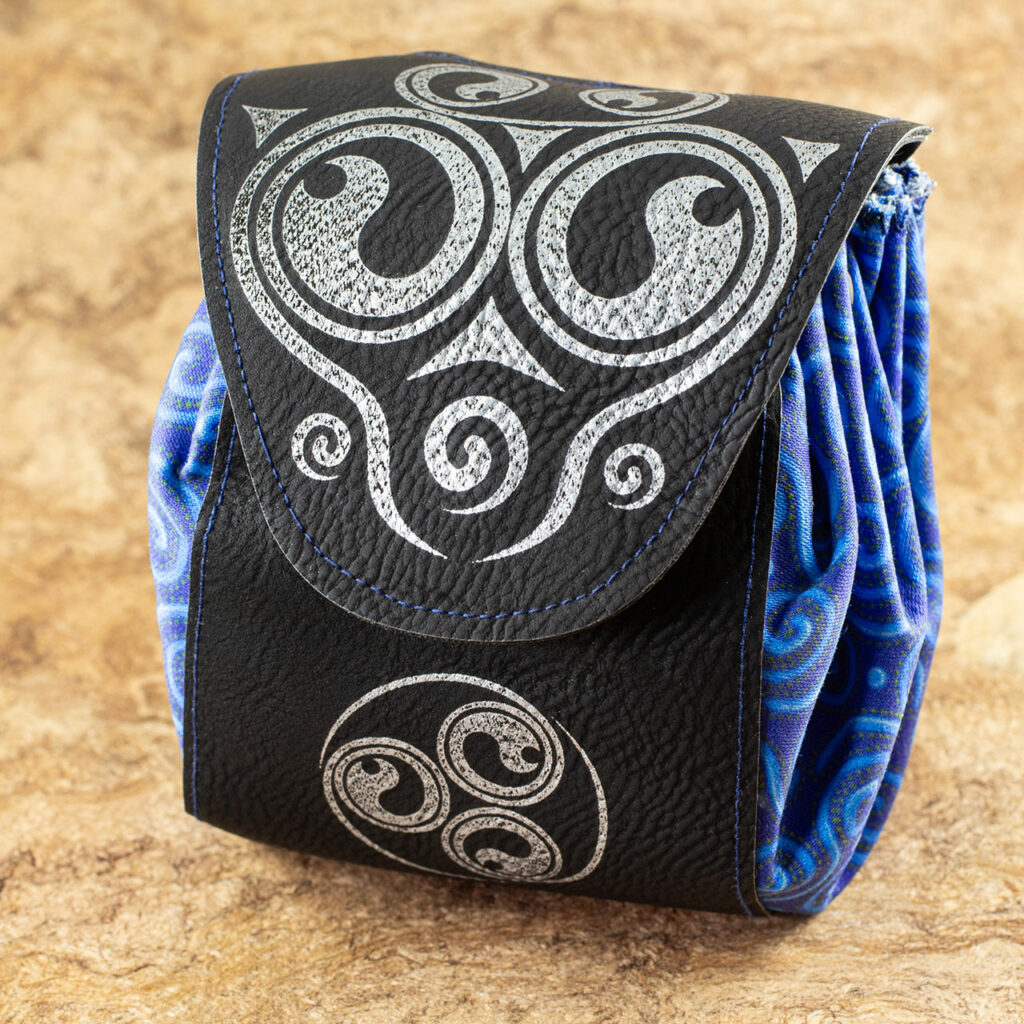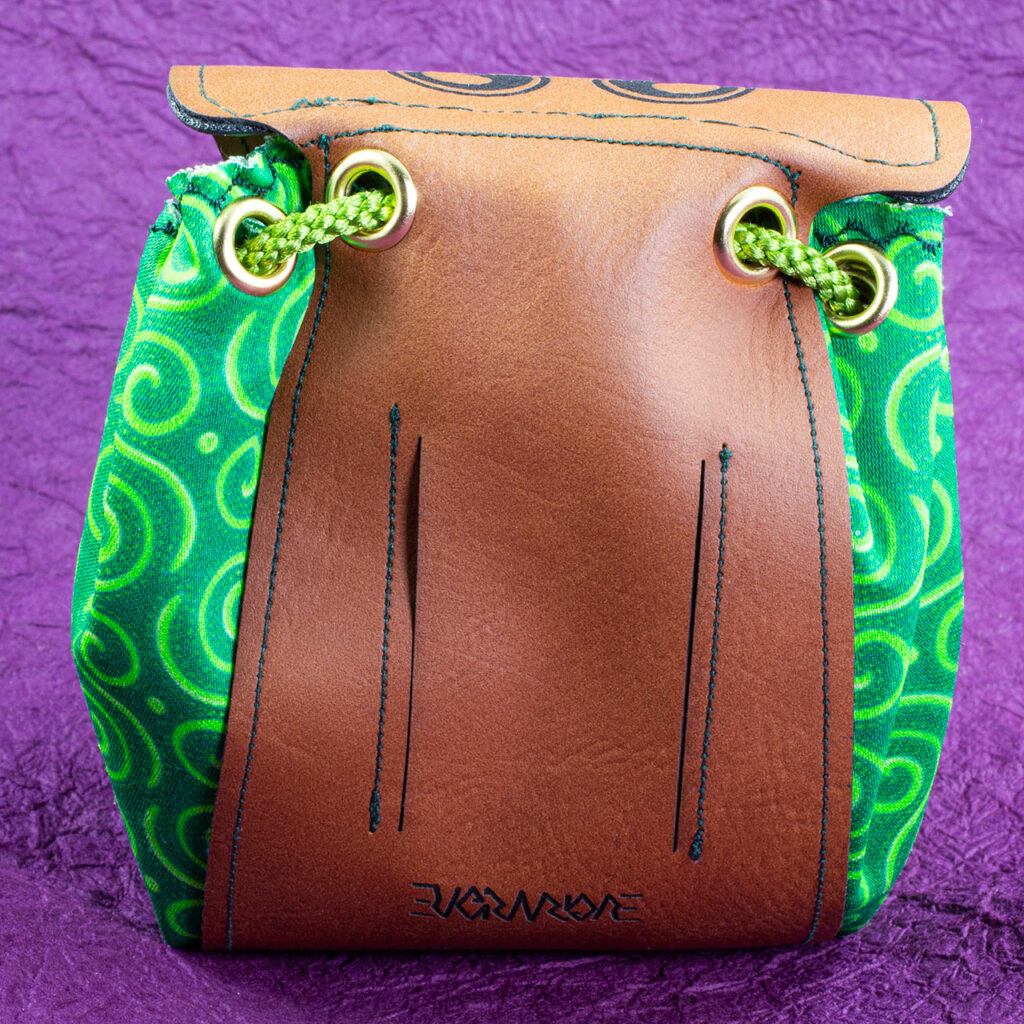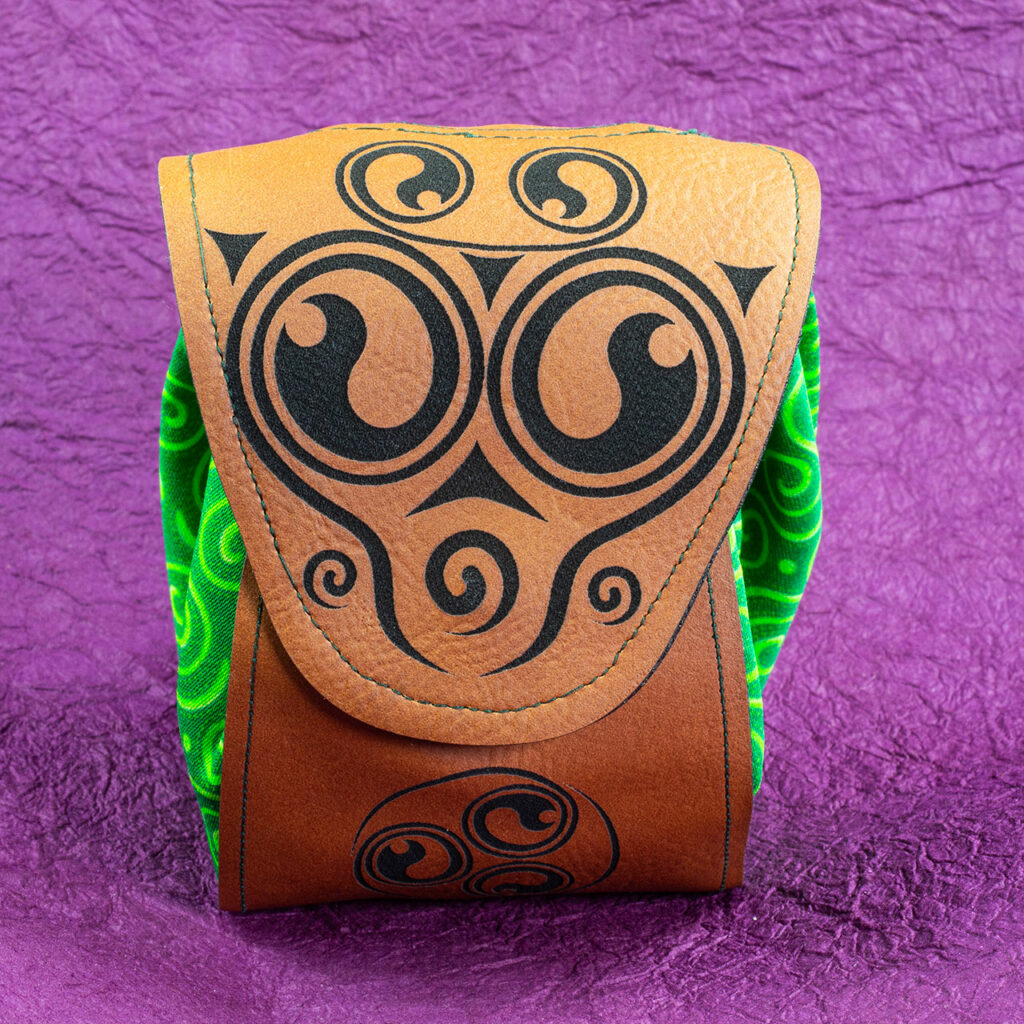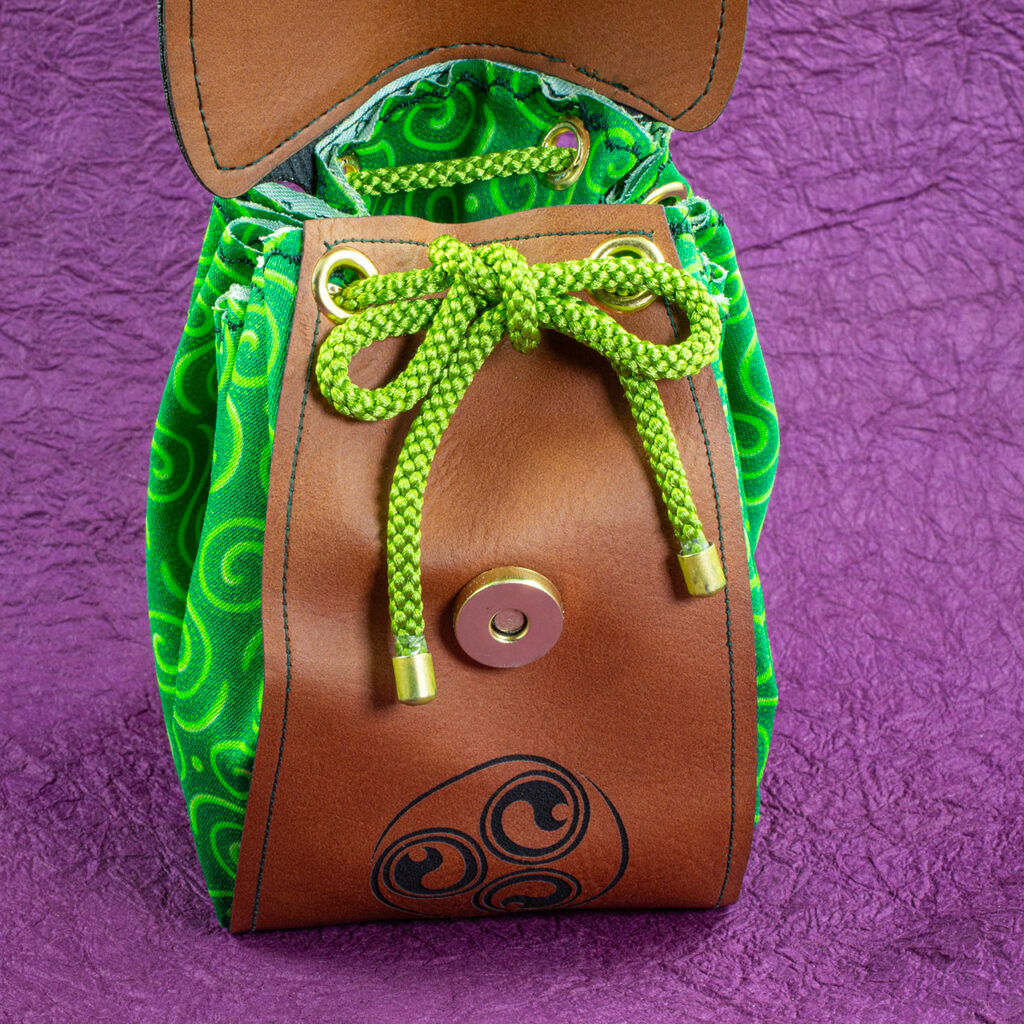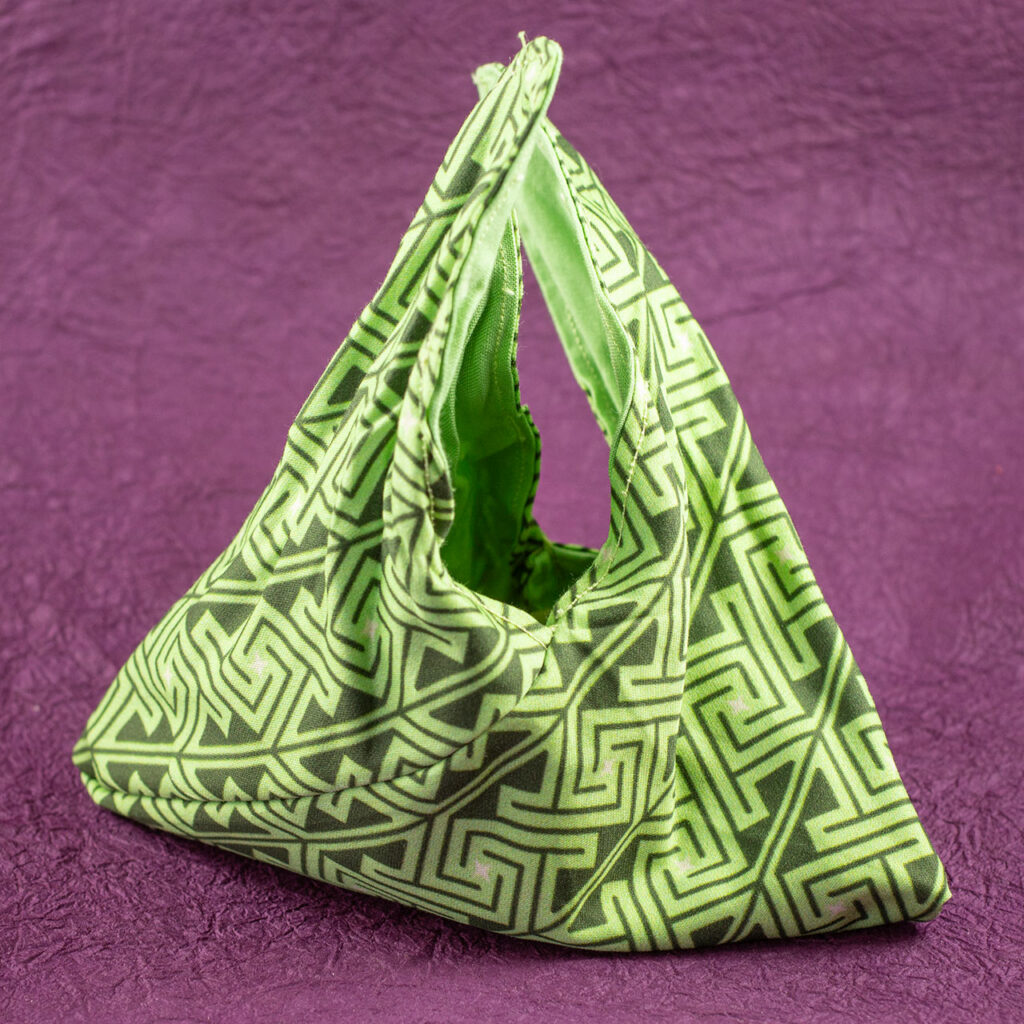Wood Inlay Floppy Disk Tack Pin
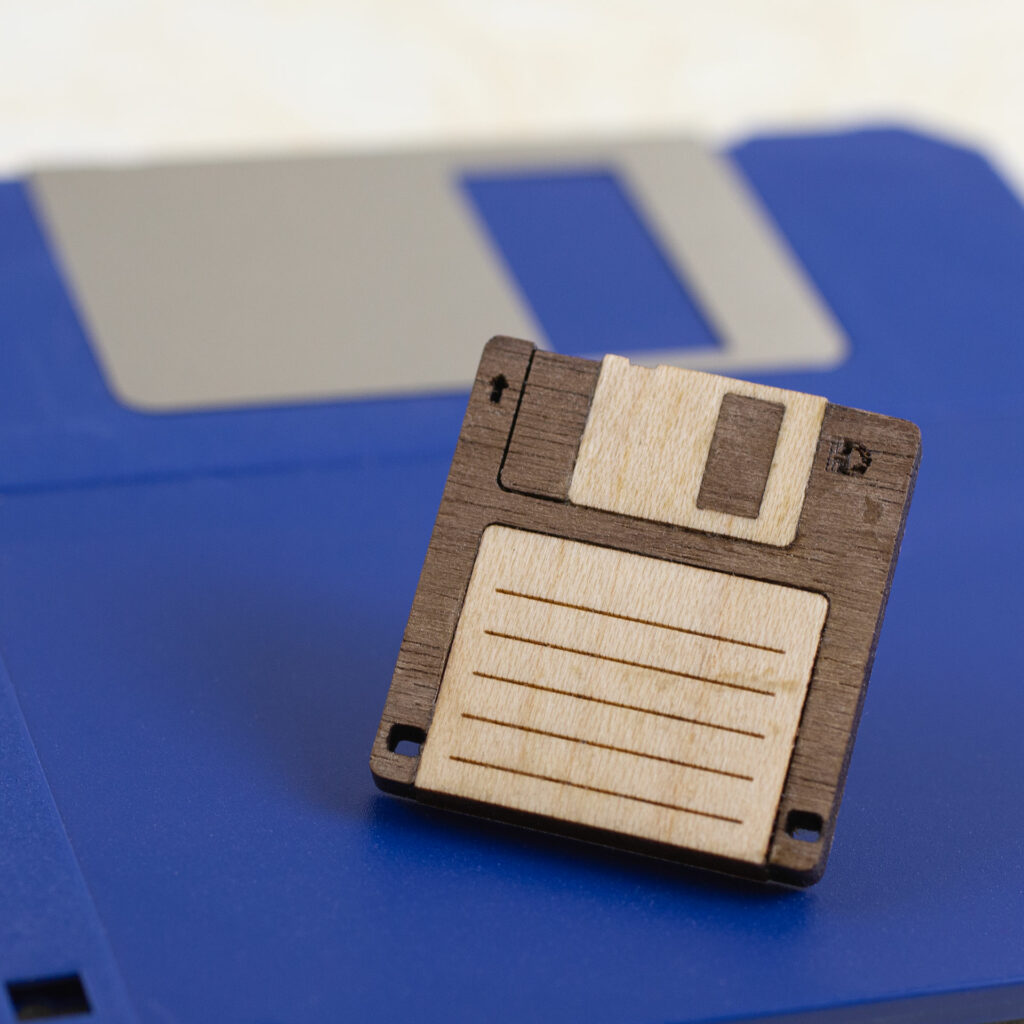
I made these little wood inlay save icon pins as gifts for April birthdays.
I traced a photo of a 3.5″ floppy disk in Inkscape, scaled it to 1″ (~24mm) square, then separated the pieces and kerf corrected them. I laser cut and engraved the pieces from 3mm thick walnut and oak. I assembled the pieces with wood glue, gave it a light sanding, then finished with wipe-on polyurethane (three coats, with a very light sanding between coats and at the end). The tack backing is attached with construction adhesive.
After consulting with a friend who wears a lot of pins, I got a collection of backings, including the traditional butterfly backs, rubber backs (softer and less irritating for skin contact), and locking backs (to reduce chance of loss).
There is a 2-minute making-of video:
Celtic Key Pattern Washi Tape Tack Pin
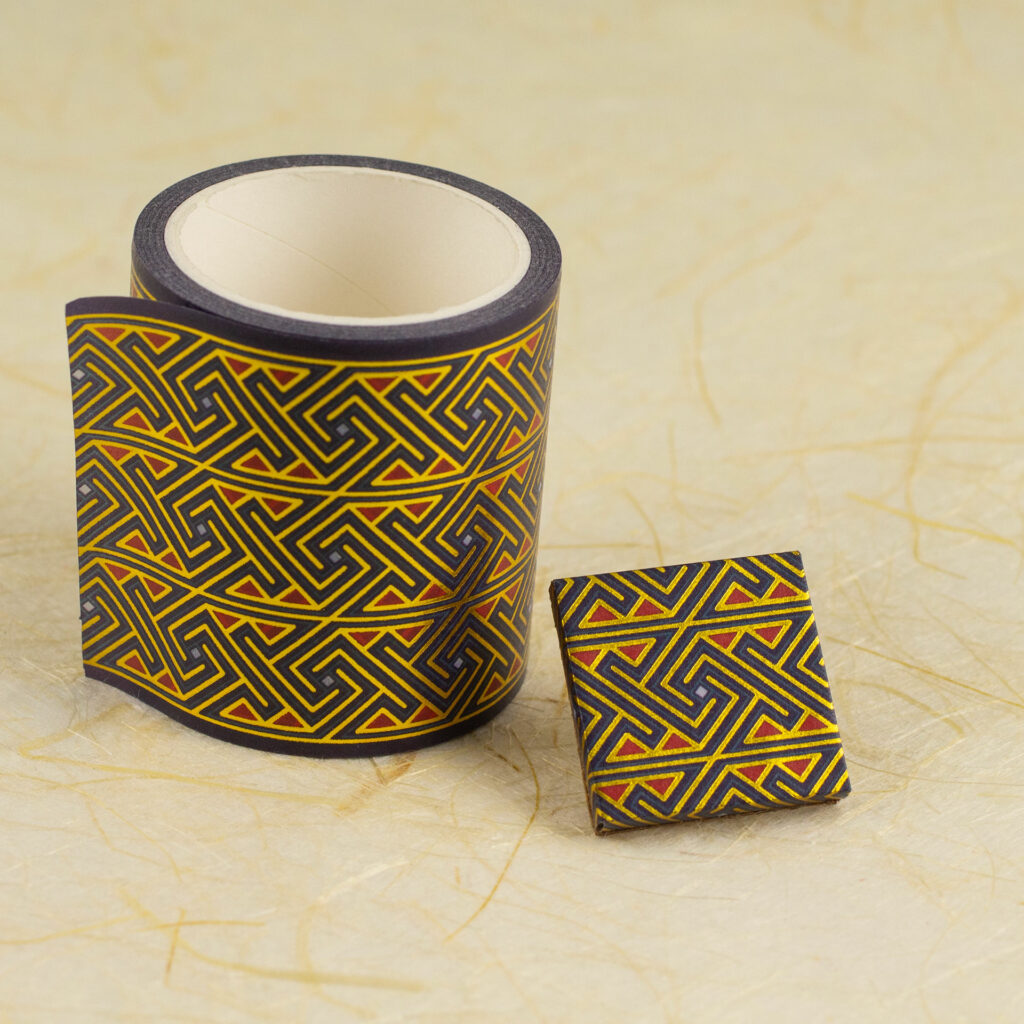
I am working on some larger projects, but I had this idea for a quick pin with one of the new washi tapes. This is a 25mm square of Baltic birch carefully wrapped with the wide Celtic key pattern washi tape. I used a bit of wood veneer attached with 3M Very High Bond film to lock the tape down, and attached a tack pin back with construction adhesive.
I made a quick one-minute process video, too:
Elongated Dodecahedra Models
Apropos of nothing in particular, I was playing around with a shape I have seen a bunch of people talking about recently, the elongated dodecahedron. It was easy to create in Blender, and I thought I would share my model in case it was of use to anyone else.
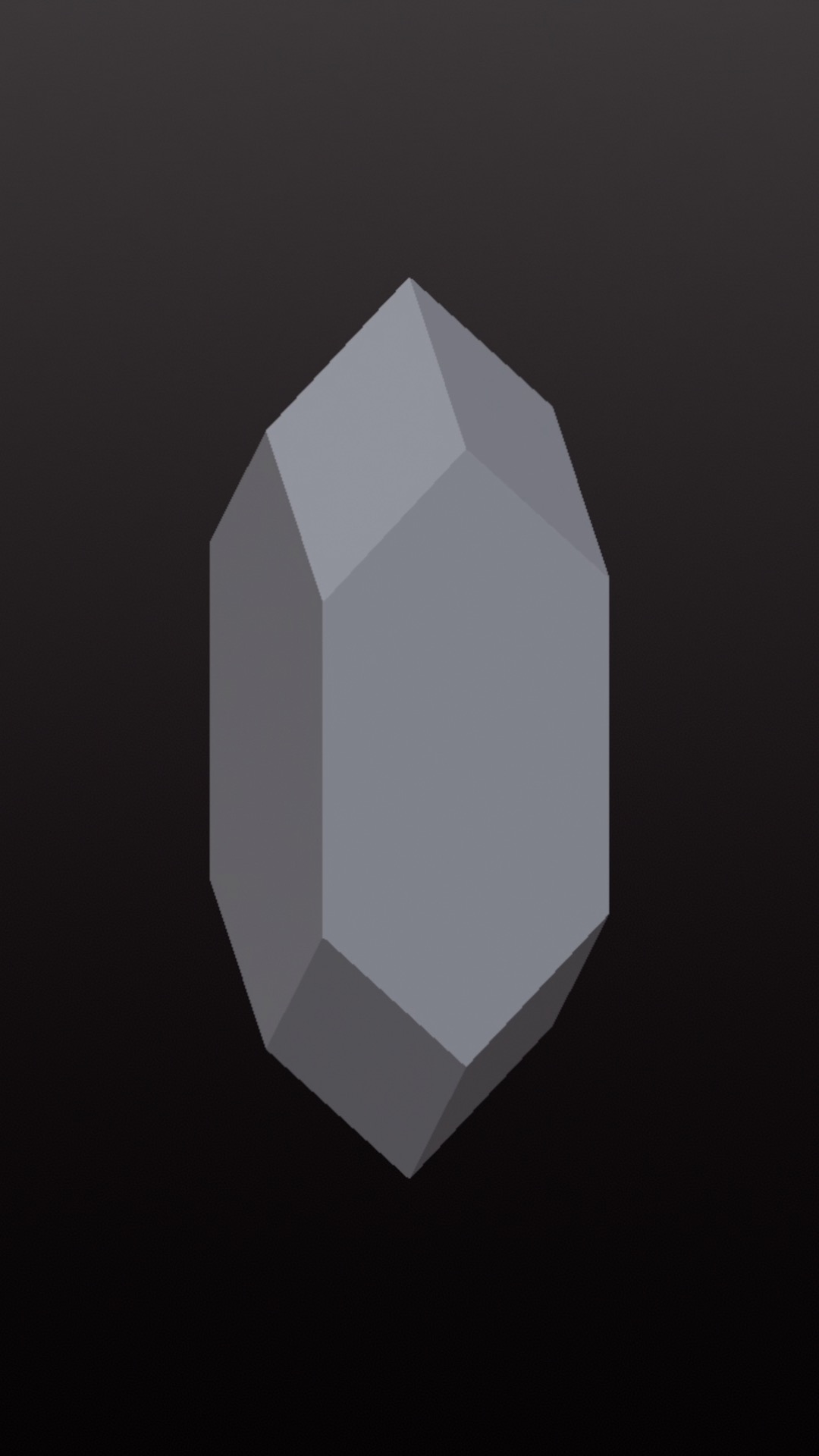
This is a set of blender and STL files for an elongated dodecahedron. This is a well-known solid that has been modeled and used for all sorts of things, including as 4-sided dice, for decades.
7cm Print Frame
I made a frame so I could put one of my Celtic knotwork frog prints up over my desk. The frame is several layers of laser-cut walnut and a square of museum-grade UV acrylic. The back attaches with strong magnets.
There is a 4 minute video about making the frame:
If you have 7cm prints you want to frame, the cut file for this is in the free Subscriber Archive.
The Newsletter and the Archive
This newsletter is a better way for you to see all of my projects and other things I am sharing.
The original idea of social media was that people could share things online that you wanted to see, and you could see them. That’s not how it works now. Now, there is an algorithm, optimized primarily to make the owners of the networks money. Now, it doesn’t consistently show you the things you have asked to see. The people running the big social networks have said that their plan going forward is to try to eliminate that entirely, to make their networks a place where you just passively consume things made by machines. [1]
You want to see the projects I and others are sharing, and be part of the connections and collaborations they create. To that end, there need to be ways to make direct connections to the people whose projects interest you, not intermediated by for-profit social networking companies.
You will keep seeing at least some of what I post on Instagram, Bluesky, and Mastodon, as long as those places seem viable for making those kinds of connections.
Subscribing to my newsletter will let you see everything I share, without a big social media company playing games with your attention.
You likely won’t be getting email from me more often than monthly. You will almost certainly be seeing me mention things I sell, but that’s not the main purpose of the newsletter. You won’t be endlessly hounded to buy something.
I am hosting everything for the newsletter myself. Your email address won’t be shared with anyone else, and you can quickly and easily unsubscribe at any time (there will be a link to unsubscribe in the newsletter).

Of course, there is an official Privacy Policy for the website, if you want more detail on my data handling policies.
Subscriber Archive
In the process of making physical things, I create a lot of digital assets: pop up card patterns, box patterns, 3D models, laser cutting files, etc. To thank you for allowing me to talk to you directly, I have set up a Subscriber Archive where you can download some of that stuff to use in your own personal (non-commercial) projects.
Subscribe
[1] Here are a couple of quotes from recent news articles:
“Mark Zuckerberg has been clear about his intentions: He believes that the future of ‘social media’ is a bunch of human beings scrolling through and arguing about AI-generated content on his many platforms.” – 404 Media
“What he is describing, of course, are social media networks that are not even remotely social and which may increasingly not even feature much human-made content at all.” – 404 Media
And here is a more detailed explanation of how social media got like this:
Celtic Design Fabric
I finally got around to making a Celtic knotwork / interlacing fabric design to go with my Celtic key pattern and spiral designs. This design produces an endless panel of knots. Getting the knots absolutely perfect to make seamless tiles is a fun challenge.
I posted some bags I made (pouch with green spirals, pouch with blue spirals, and an azuma bukuro style dice bag) with a few of the fabrics I made before. I hadn’t posted about the fabrics specifically, though.
I have been adding these to my list at the fabric printer in case anyone else has a use for them.


